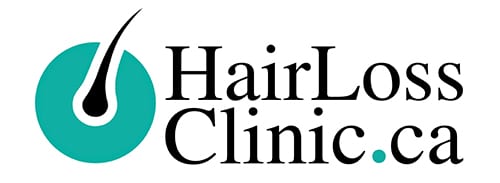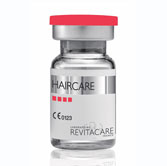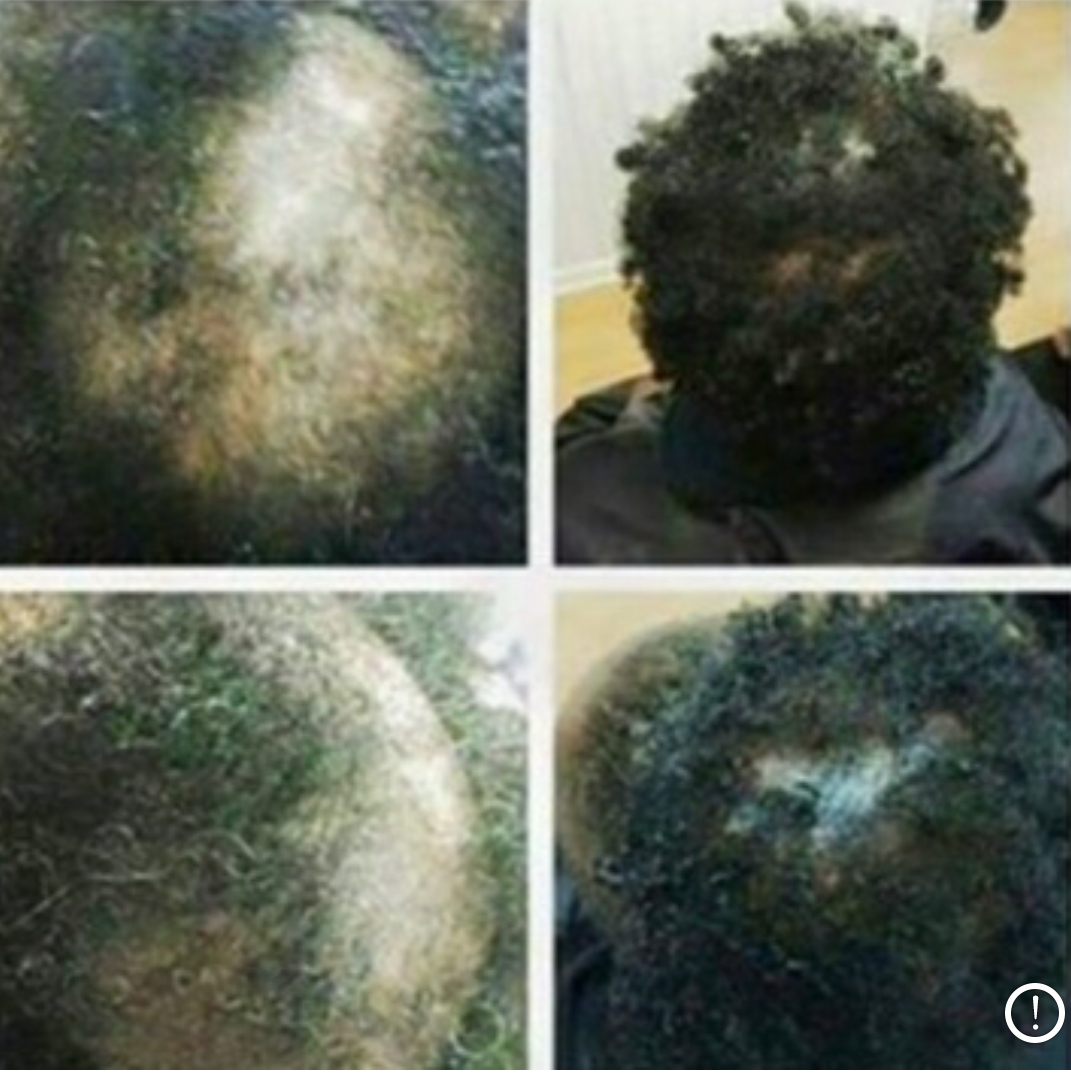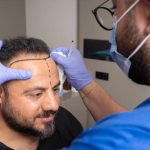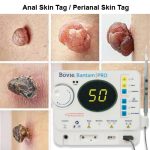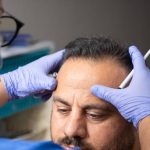Table of Contents
Losing Hair? Find Out Why Your Hair is Falling Out and How Much Hair Loss is Normal
Hair loss is an issue that’s been plaguing mankind for ages. In recent years, however, it is also recognized as a health concern that affects substantial numbers of women too. Although it’s definitely a good thing that hair loss is given due recognition as a cause for concern from the health perspective, it’s also true that self-diagnosis can result in inaccurate diagnoses of the problem. Such steps usually lead us to choosing the wrong hair growth product or hair loss treatment. It therefore makes hair sense to first understand and recognize the difference between abnormal hair loss and hair loss that you don’t have to bother about.
To begin with, there are two types of hair loss – normal and abnormal. On average, all of us routinely shed as many as a hundred strands of hair a day. Hair experts explain that the hair on our head has a natural growth cycle divided into three specific stages – growth, intermediate and final. The first stage ranges from two years to six years with ninety percent of our hair in it. The intermediate phase lasts for only two weeks during which period three percent of our hair is in a state of limbo or at standstill growth. In the final stage of the hair growth cycle, the follicles of the remaining seven percent of hair are totally at rest and formation of club hair is complete.
In order to differentiate between routine, normal hair loss and a genuine health concern, it’s important to understand why hair loss is taking place in the first place. Once you zero in on the cause, all you may need to resolve the problem may be something as simple as a lifestyle change such as taking hair vitamins!
Average hair loss per day
Average healthy daily hair loss depends upon your ethnic and genetic make-up. While losing 100 hairs per day is normal for Caucasians, the figures dip to 70 hairs and 60 hairs per day for Asians and African ethnicities respectively. Similarly, you tend to lose more hair if you’re a blonde than if you were to be brown or red-headed. Intensity of hair loss is directly proportional to the hair density, more the hair strands per square centimeter, more the relative hair loss.
Cold Weather and Hair Loss
Hair fall rates can also be influenced by seasonal weather conditions. Just as animals shed body hair in tandem with the seasons, humans also experience hair growth and hair loss patterns in tune with two major seasons – summer and winter. If you observe closely, you’ll find that you generally lose more hair during the cooler parts of the year. November to January and again between July and August. So, if you’re experiencing hair loss in the colder parts of the year, it is most likely a temporary occurrence than alopecia, and you don’t have to give it much thought.
Damaged Hair
For women, the rate of hair loss is also linked to the hair condition. Highly damaged hair leads to more breakage and thus more hair loss. To confirm hair damage, scrutinize the fallen hair to see if the root is healthy or not. If the hair strand is rising towards its end, it means the strand is damaged and probably the hair cycle was incomplete. Then it’s time to check out hair growth vitamins. Also, in such instances, take adequate precautions like heat styling your hair sparingly, applying conditioners regularly and not tying up wet hair with Eleatic bands.
Shoulder Length Hair
Hair loss seems more pronounced when hair is longer. This is usually noticed more in long-haired women. What is actually happening is that longer hair assumes more volume or space and therefore the resultant effect of hair loss also appears more.
Taking stock of Hair Loss
Once you evaluate your hair loss against these variables, you’ll be in better position to estimate your normal hair fall rate and decide whether it is normal or abnormal. If the rate of hair loss is found to be normal, then you don’t have much to worry too much about it. It is most likely a temporary occurrence and things will get back to normal pretty fast. But if the hair fall is abnormal, you’ll have to explore options for treating the cause with an appropriate baldness cure, and reversing the hair loss.
Luckily for us, today we have access to techniques such as hair transplant and Platelet Rich Plasma therapy or PRP for hair loss treatment to relieve hair fall and hair loss problems. PRP treatment involves centrifuging some of your own blood and injecting it into your scalp. But if the prospect of using your own blood for a PRP injection doesn’t sound exciting, there’s always Advanced Adipose-derived cell Protein Extracts (AAPE) hair care serum to the rescue. It’s a very effective hair regeneration therapy that is also non-invasive in nature. With approximately 500,000 satisfied customers vouching for its efficacy, AAPE’s popularity is growing by leaps and bounds. And just in case, if you’re among those who have already tried out PRP for tackling hair loss, you still have the option of trying out the AAPE therapy! For folks in Toronto downtown or Richmond Hill and searching for a hair transplant Toronto, there’s good news in store – AAPE is available for treating your hair loss.
If you’re a resident of the Greater Toronto Area, our Hair Loss Clinics are conveniently located and easily accessible in Toronto and Richmond Hill area. So even if you have already taken a PRP for hair loss, you can still benefit from AAPE sessions. Hair Loss Clinic has locations in Toronto and Richmond Hill. To Book your in-office consultation, please contact us at 647-492-9093 or visit our website to book a free professional consultation here: https://hairlossclinic.ca/trichology-assessment-form/
Comments are closed.
